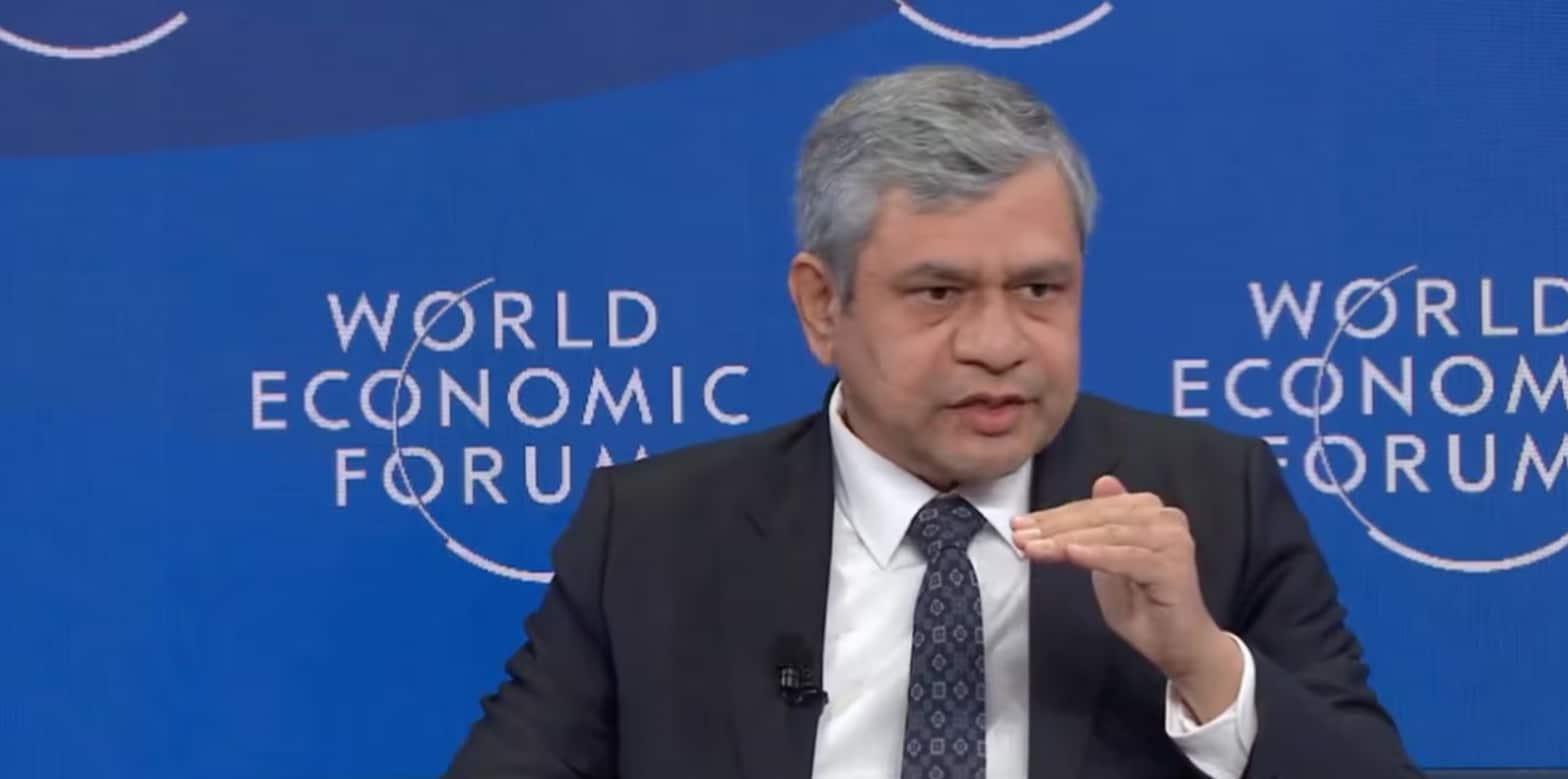India is actively exploring the possibility of developing its own Graphics Processing Unit (GPU) within the next three to five years, according to Ashwini Vaishnaw, Minister of Railways, Information Technology, and Information and Broadcasting. Speaking to CNBC-TV18 at the World Economic Forum (WEF) 2025 in Davos, Vaishnaw outlined the government’s ongoing collaboration with the private sector to develop indigenous AI models. While India is considering both general and specialized AI frameworks, the focus remains on creating solutions tailored to the country’s unique needs.
Vaishnaw also discussed India’s ambitious semiconductor agenda, revealing plans to develop 25 homegrown chipsets, with the goal of having these designed and fabricated within the country. As part of the effort, India is exploring the potential for manufacturing advanced 14nm chips, an important step beyond the current focus on 28nm chips under the ₹76,000 crore Semiconductor Mission. The initiative seeks to strengthen India’s position in the global semiconductor supply chain.
On artificial intelligence, the minister emphasized India’s commitment to bolstering its AI capabilities, notably through the AI Mission, which aims to equip the country with the computational power required for AI development. This includes the deployment of 10,000 GPUs, an effort aimed at supporting Indian start-ups that currently lack access to the necessary infrastructure. However, Vaishnaw acknowledged that significant work remains to be done in this area.
Looking ahead to 2025, India’s AI strategy is centered on two key priorities: talent development and data. Vaishnaw pointed to successful collaborations with over 100 universities for the telecommunications sector and 240 universities for the semiconductor industry. The government is now applying this model to AI, hoping to cultivate a skilled workforce capable of driving AI research and application within the country.
On the data front, India is leveraging its vast reserves of non-personal data — including information on transportation, agriculture, and weather — to create robust datasets for training AI models. This data, Vaishnaw noted, presents a valuable resource for the advancement of AI technologies.
In the semiconductor sector, India is making significant strides. The construction of five semiconductor fabrication facilities is well underway, with the first “Made in India” chips expected to be produced by the end of 2025. Vaishnaw also shared that the government is preparing for the next phase of its semiconductor initiative, Semicon 2.0. This phase will expand support to a broader ecosystem, including suppliers of chemicals and gases, while also placing a stronger emphasis on chip design within India.
India’s aggressive push into these critical technology sectors highlights its determination to become a global player in AI and semiconductors, with the potential to reshape both industries in the coming years.
